Portuguese pattern
19th century Portuguese pattern, re-printed from original woodblocks.
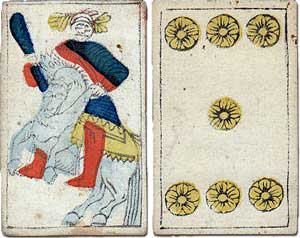
The Portuguese pattern
This “later” version of the old Portuguese pattern can be traced back to the 16th century when it was carried abroad by Spanish and Portuguese explorers. It was produced more recently by the Real Fabrica de Lisboa from c.1769 onwards and the pattern was manufactured elsewhere until the mid-19th century. It still has the ‘Dragon Aces’ which are now more like serpents, and the Maid of Clubs is about to hit a dog. The Maid of Coins holds what used to be a shield. The pattern was also made in Brazil, but a larger number of Belgian copies were produced in Turnhout until the early part of the 20th century, when the pattern died out.
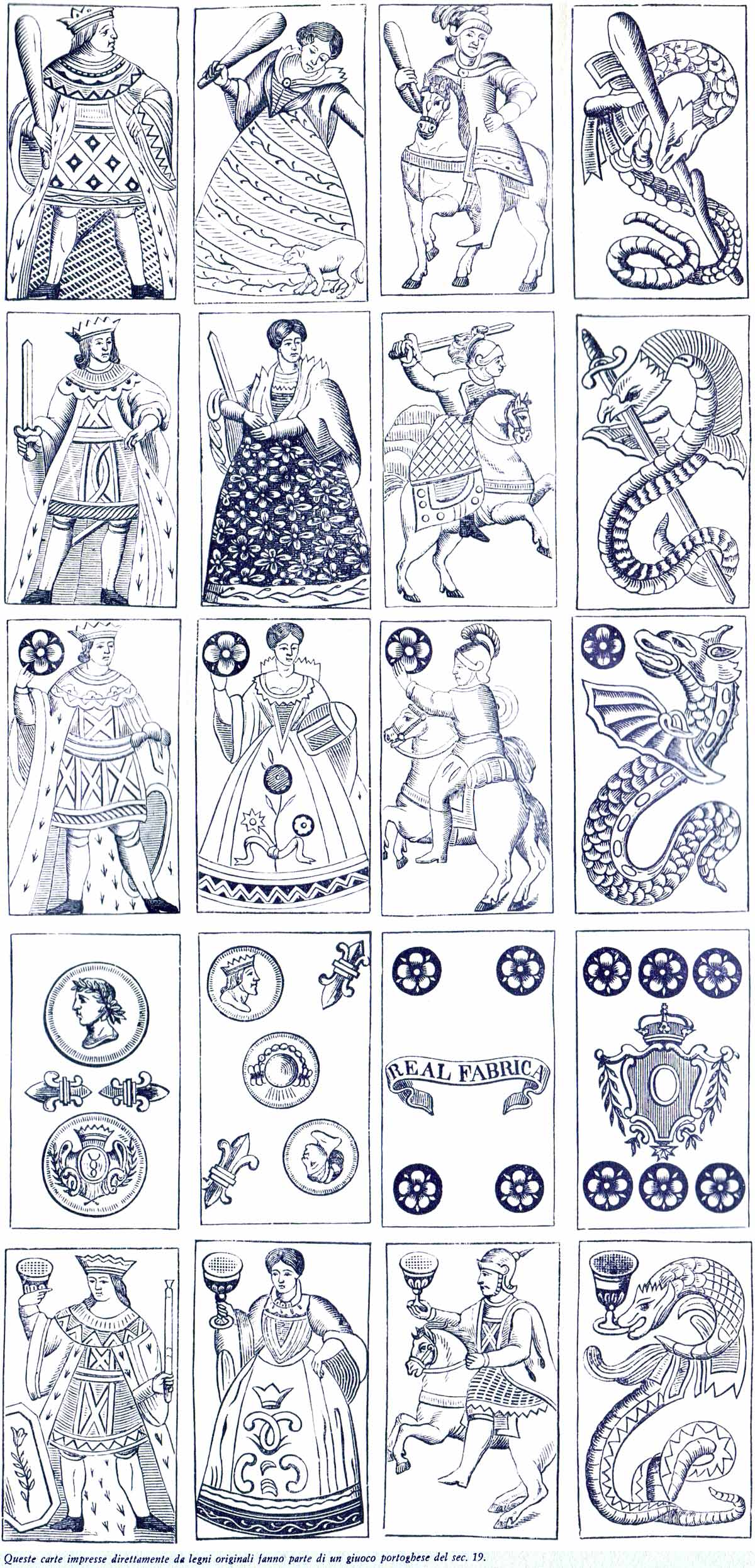
Above: 19th century Portuguese pattern, cards re-printed from original woodblocks, published by Vito Arienti, Edizioni del Solleone, 1978. Similar to Spanish cards the courts are Sota (female page, no crown), Knight and King. There are no Queens! The Aces are dragons.
By Simon Wintle
Spain • Member since February 01, 1996 • Contact
I am the founder of The World of Playing Cards (est. 1996), a website dedicated to the history, artistry and cultural significance of playing cards and tarot. Over the years I have researched various areas of the subject, acquired and traded collections and contributed as a committee member of the IPCS and graphics editor of The Playing-Card journal. Having lived in Chile, England, Wales, and now Spain, these experiences have shaped my work and passion for playing cards. Amongst my achievements is producing a limited-edition replica of a 17th-century English pack using woodblocks and stencils—a labour of love. Today, the World of Playing Cards is a global collaborative project, with my son Adam serving as the technical driving force behind its development. His innovative efforts have helped shape the site into the thriving hub it is today. You are warmly invited to become a contributor and share your enthusiasm.

Leave a Reply
Your Name
Just nowRelated Articles
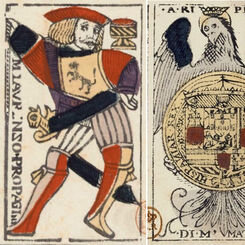
Laurenzo Propagine
Spanish-suited cards made in Italy by Laurenzo Propagine.

Portuguese pattern by Real Fábrica
Later Portuguese pattern by Impressão Règia, Real Fábrica de Lisboa.
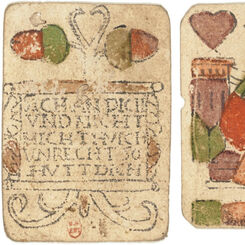
Early German playing cards
Some early examples of popular German playing cards from the XV and XVI centuries.
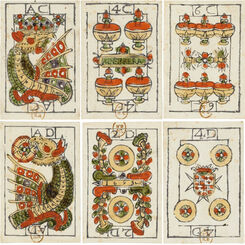
Infirrera
Italo-Portuguese-suited cards by Andrea Infirrera with the arms of Malta, 1693.
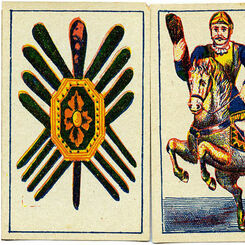
Portuguese cards for Brazil
Portuguese-type cards made in or for Brazil, c.1890.
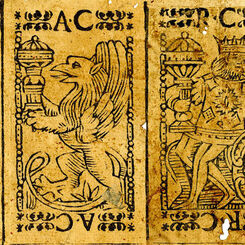
Portuguese-suited cards
Portuguese-suited cards with dragon aces, made in Italy, 1613.

Hermanos Solesio
“Money Bag” pattern by Hermanos Solesi, late 18th c.
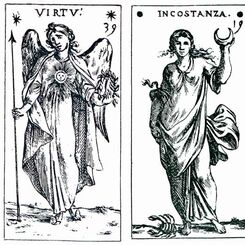
Mitelli ‘Gioco di Passatempo’
Il Gioco di Passatempo contains 40 figurative playing cards depicting moral virtues and vices, dated...
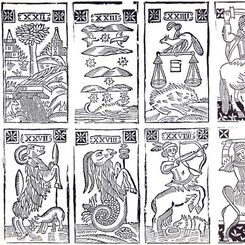
Minchiate Fiorentine, 17th C.
17th century Minchiate cards reprinted from the original woodblocks.

Malta
The so-called ‘Dragon Cards’, with winged monsters on the four Aces, are an enigmatic aspect of earl...

Piedmont Pattern
The Piedmont pattern is a very close relative to the French 'Paris' pattern. The courts are not name...
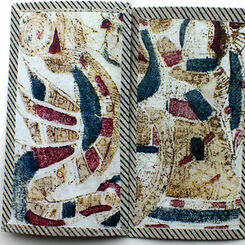
Francisco Flores
Playing cards in this style have been discovered in various parts of the world, suggesting that they...
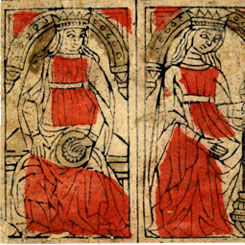
XV Century Italian Playing Cards
Cards from a pack of an early form of north Italian playing cards, with the swords back-to-back and ...
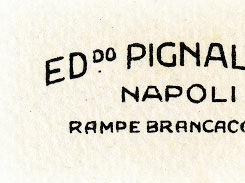
Small Tuscan Pattern
Small Tuscan Pattern
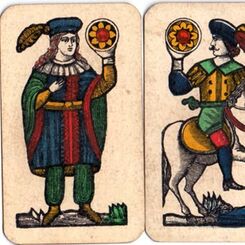
Romagnole pattern by Guglielmo Murari
Romagnole pattern by Guglielmo Murari c.1920
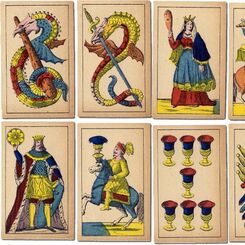
Portuguese Type Playing Cards made in Belgium
Portuguese type pack with ‘dragon’ aces made in Belgium by Mesmaekers Frères, Turnhout, c.1875-1900....
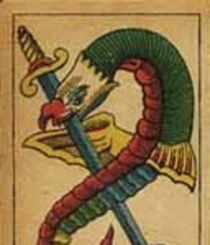
Portuguese Type Cards made in Belgium
Portuguese Type Playing Cards made in Belgium, c.1878.
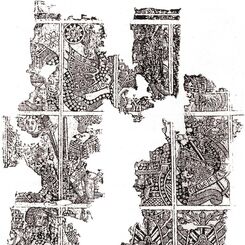
Early Spanish/Portuguese type
Fragment of a sheet of archaic Spanish-suited 'Dragon' playing cards found during restoration of a h...
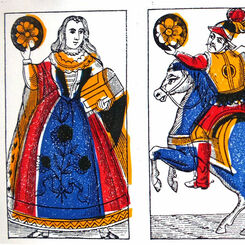
Portuguese Type Playing Cards c.1860
10 cards from a pack of later Portuguese ‘Dragon’ type cards from c.1860, with the Maid of batons ab...

Portuguese Playing Cards
The Real Fábrica de Cartas de Jogar was founded in 1769, by Royal Charter of King José, under the ma...
Most Popular
Our top articles from the past 60 days


 Your comment here. Your comment here. Your comment here. Your comment here. Your comment here. Your comment here. Your comment here. Your comment here. Your comment here. Your comment here. Your comment here. Your comment here. Your comment here. Your comment here. Your comment here. Your comment here. Your comment here. Your comment here. Your comment here. Your comment here. Your comment here. Your comment here. Your comment here. Your comment here. Your comment here. Your comment here. Your comment here. Your comment here. Your comment here. Your comment here. Your comment here. Your comment here.
Your comment here. Your comment here. Your comment here. Your comment here. Your comment here. Your comment here. Your comment here. Your comment here. Your comment here. Your comment here. Your comment here. Your comment here. Your comment here. Your comment here. Your comment here. Your comment here. Your comment here. Your comment here. Your comment here. Your comment here. Your comment here. Your comment here. Your comment here. Your comment here. Your comment here. Your comment here. Your comment here. Your comment here. Your comment here. Your comment here. Your comment here. Your comment here.




















